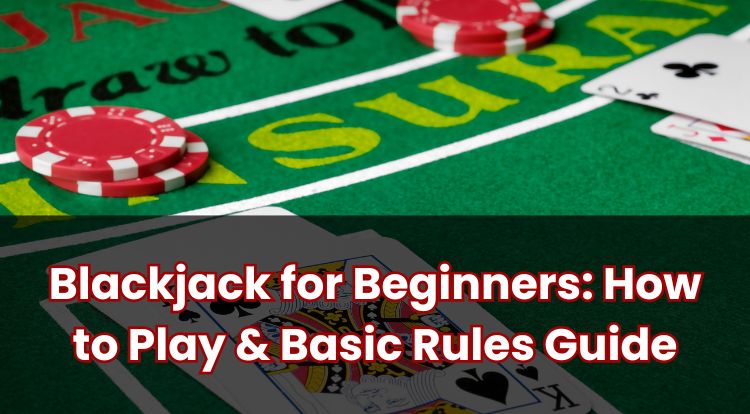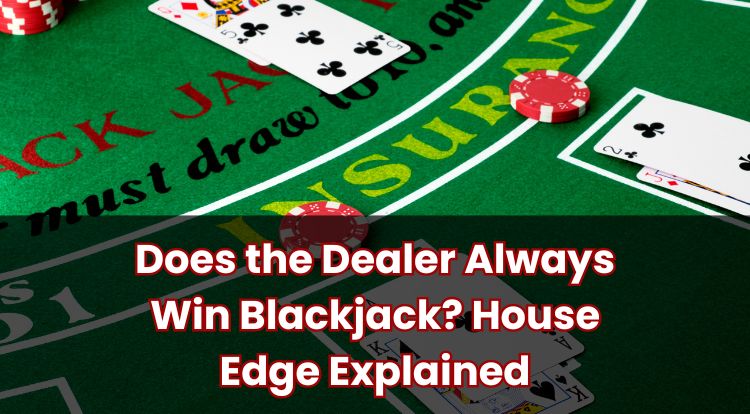No Peek Blackjack: UK Rules, Dealer Information & Payouts
No Peek Blackjack is a familiar take on the classic card game with a subtle but significant shift in how it’s played at certain UK casinos. At first glance, it looks much like standard blackjack—but there’s one element that changes how the game unfolds.
This overview lays out the details UK players often look for: how the game works, what makes the dealer’s role unique, and how payouts are handled. It’s designed to offer a clear outline for those who want to understand the format before deciding whether to sit at a table.
Let’s start with the core ideas behind No Peek Blackjack.
What Is No Peek Blackjack?
No Peek Blackjack is a variation of the traditional game, and in the UK, it may also appear under the name “European Blackjack.” What sets it apart becomes noticeable once the cards are dealt.
At the start of a round, the dealer takes only one card and places it face up. What’s different is what doesn’t happen next: the dealer does not take a second card immediately. That part comes later, and it’s the key to how the game works.
In the version more commonly played in the US, the dealer starts with two cards—one face up and one face down—allowing them to check for a natural blackjack before players act. This early check doesn’t happen in No Peek Blackjack. As a result, some decisions you might be used to in other formats are approached differently here.
That initial difference sets the tone, but to see the full picture, it helps to go through how a typical hand is structured.
No Peek Blackjack Rules Explained for UK Players
The general objective remains unchanged: to reach a total closer to 21 than the dealer without going over. Card values follow the standard structure—face cards count as 10, and aces can be either 1 or 11. If the first two cards make 21, that’s a blackjack.
Each participant receives two cards, both face up. The dealer shows only one card at the beginning. At that point, the player must decide how to proceed. Options typically include hitting to draw another card, or standing to keep the current total.
Additional actions such as splitting or doubling can also come into play. Whether those options are available, and under what conditions, can vary. For example, some tables may allow doubling after a split, others may not. Likewise, the number of times you can split a pair may differ from one venue to another.
One thing to keep in mind is that any decision involving an extra wager—such as doubling or splitting—comes with an additional layer of suspense. Because the dealer hasn’t yet taken a second card, the outcome of those moves remains unknown until later in the round.
If a hand exceeds 21, it is considered over at that point. Once all player hands are complete, only then does the dealer draw their second card. The hand is played out from there according to the house rules, which generally require the dealer to draw to at least 17.
Because of this delayed card, some tables handle certain options differently—especially one in particular, which will be explained more fully in the next section.
If you’re considering playing at a new table, it’s a good idea to review the specific house rules. These are usually displayed near the betting area and can clarify details like how many times splitting is allowed, whether doubling is offered after a split, or whether the dealer draws on certain totals.
How Does the Dealer Play in No Peek Blackjack?
As described earlier, the dealer begins the round with only one visible card. The second card is taken only after all participants have acted on their hands.
This change in sequence influences several outcomes. One of the more noticeable examples is what happens if the dealer completes a blackjack by drawing an ace or a ten-value card. In that case, any hands still in play—including those that involved extra wagers—would not continue. A player’s blackjack would usually result in a push against the dealer’s blackjack, while any other totals would not win.
One element of the game that’s often altered in this version is a specific side option known from other blackjack styles. It is usually tied to the possibility of the dealer holding a natural blackjack. Because No Peek Blackjack doesn’t include an initial face-down card, this option isn’t always offered—or, if it is, it operates under slightly different terms. For example, some tables may only allow it when the dealer shows an ace, and the result is resolved once the second card is drawn.
The flow of the game is therefore shaped by this delayed reveal, and players who choose to double or split do so without knowing whether the dealer already has the strongest hand. For this reason, reading the table signage before joining is recommended. Knowing how the dealer must act, such as whether they must stand or draw on a certain total, can help inform your decisions.
Of course, the question that follows naturally from all of this is this: How are winnings paid out?
What Are the Typical Payouts in No Peek Blackjack?
Most tables in the UK follow a familiar structure when it comes to payouts. A standard winning hand typically pays at even money, or 1 to 1. If the first two cards form a blackjack—an ace and a 10-value card—that hand often pays 3 to 2. So, a £10 blackjack win would return £15 in winnings, plus the original £10 stake.
That said, not all tables follow the same formula. Some may use different payout structures for blackjack, such as 6 to 5. This small detail may make a noticeable difference over time, so it’s worth checking before you take a seat.
If the total of a player’s hand matches the dealer’s, the round ends in a push, and the original stake is returned. Hands that win after splitting or doubling down are usually paid at the standard 1 to 1 rate, assuming they beat the dealer’s final total.
That side option mentioned earlier—the one that applies when the dealer shows an ace—is called insurance. Where it’s offered and taken, it typically pays 2 to 1 if the dealer reveals a blackjack. However, because of the no-peek format, this option might not be available at all, or may function differently than expected.
As with every aspect of this game, rules may differ between casinos. That’s why it’s always worth scanning the table placard beforehand if you’re considering joining a game. It helps ensure you know how each potential outcome is handled.
And if you do choose to play, remember to approach the game with moderation, awareness, and respect for your limits. Responsible gambling practices help maintain a clear and balanced experience—no matter how the cards fall.
Play Blackjack Online at Red Casino
If you are interested in trying blackjack online, you can explore our blackjack games at Red Casino. Our site is designed to be easy to navigate, with clear information about the rules and gameplay for each option.
Red Casino is licensed by the UK Gambling Commission (UKGC) and all games are regularly tested to meet the required standards for fairness.
If you choose to join, you will find tools to help you manage your play, including deposit limits, time reminders, and self-exclusion options. These features are available whenever you need them.
Our blackjack games include details on the rules and potential payouts so you can choose the format that suits you best. If you have questions about the games or your account, our support team is ready to assist.
Feel free to make an account with us at Red Casino, deposit some funds to play with, and explore the range of blackjack games we have available at your own pace.
**The information provided in this blog is intended for educational purposes and should not be construed as betting advice or a guarantee of success. Always gamble responsibly.




